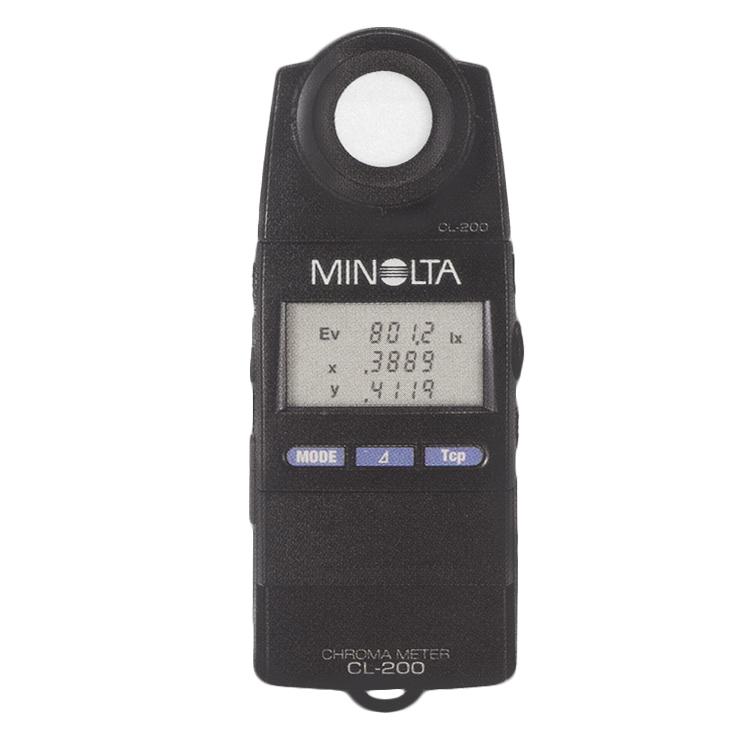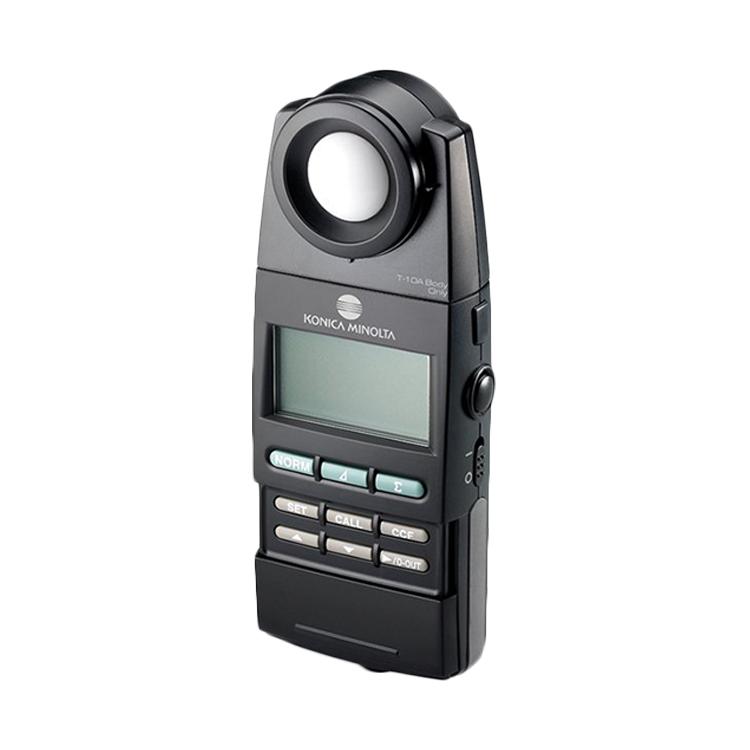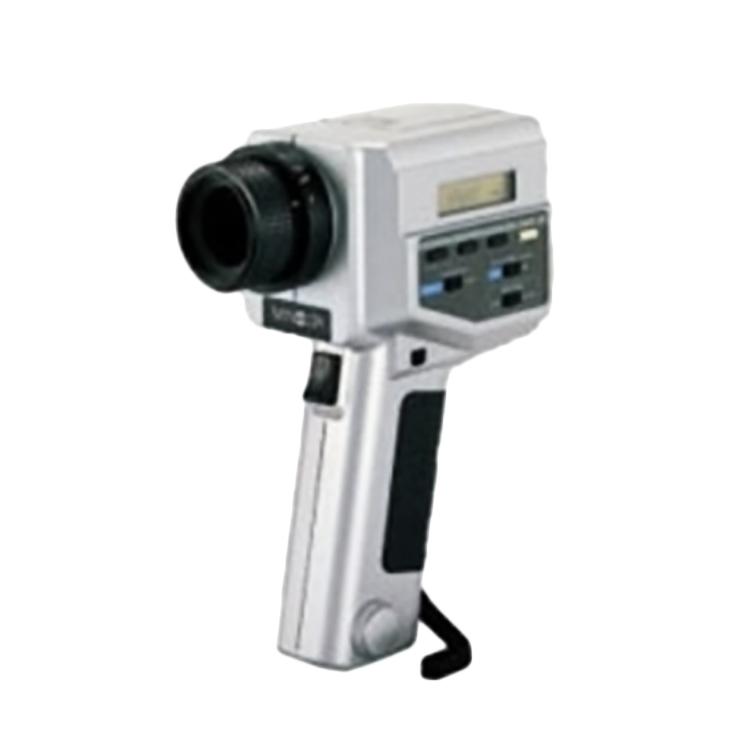PRODUCTS
Location:Home > PRODUCTS > Colors Measurement Series > Luminance Measurement > Incident Color Meter CL-200
Incident Color Meter CL-200
The Incident Color Meter CL-200 supports measurement of the tristimulus values, chromaticity, color difference, correlated color temperature, and illuminance of light sources. With easy operation, it could be connected with maximum 30 measurement probes and output data to PC. It is mainly applied in production of fluorescent lamp, color control of CRT and relevant TV service station.
| Model | Incident Color Meter CL-200 | |
| Relative spectral response | Closely matches CIE standard observer curves x – (λ), y – (λ), and z – (λ) Within 8% (f1’) of the CIE spectral luminous efficiency V(λ) | |
| Receptor | Silicon photocell | |
| Measurement functions | Tristimulus values: | XYZ |
| Chromaticity coordinates: | Ev xy, Ev u’v’ | |
| Correlated color temperature: | Ev, Tcp, Δuv | |
| Color difference: | Δ(XYZ), Δ(Ev xy), Δ(Ev u’v’), ΔEvΔu’v’ (One target color) | |
| Other functions | User calibration function, Data hold function, Multi-point measurement (2 to 30 receptors) | |
| Measuring range | 0.1 to 99,990 lx, 0.01 to 9,999 fcd (Chromaticity: 5 lx, 0.5 fcd or above) in four automatically selected ranges | |
| Accuracy | Ev: ±2%, ±1 digit of displayed value (based on Konica Minolta standard) xy: ±0.002 (800 lx, Standard Illuminant A measured) Tcp:±20K (800 lx, Standard Illuminant A measured) | |
| Repeatability | xy: ±0.0005 (800 lx, Standard Illuminant A measured) | |
| Response time | 0.5 sec. (continuous measurement) | |
| Digital output | RS-232C | |
| Display | 4 Significant-digit LCD with back-light illumination | |
| Power source | 2 AA-size batteries / AC adapter (optional) | |
| Battery life | 72 hours or longer (when alkaline batteries are used in continuous measurement | |
| Dimensions | 69 × 174 × 35mm (2-3/4 × 6-7/8 × 1-3/8 in.) | |
| Weight | 215g (7.6 oz) not including batteries | |
| Standard accessories | Soft case, lens cap, neck strap, batteries | |
• Research field of projection light source
• Management of CRT and color LCD display quality.
• Check the color change of the brightness box over time.
• Research field and quality management of fluorescent lamp adapter
• Management of lighting boxes for color inspection
• Research fields of architecture and indoor lighting
• Examination of psychological experimental scenes



